高速剪切对TiS2块体的结构与热电性能的影响毕业论文
2020-07-05 17:22:50
摘 要
高性能环境友好型热电材料的开发是热电变换技术的重要环节。近年来,TiS2基层状硫化物受到热电行业的关注,TiS2是一种层状硫化物,具有良好的电输运性能,但热导率过高。经传统高能球磨后烧结得到的块体,虽可有效降低热导率,但会产生破坏片状晶体形貌和严重非晶化的副作用,使其电输运性能大幅劣化。本课题拟通过对TiS2粉晶进行高速剪切处理,利用其层状结构易于剥离的特点而减小粒径,同时保持高结晶度和形貌,在维持良好电输运前提下实现热导率的有效降低,获得热电性能的突破性提升。
本实验通过固相反应法制备TiS2样品,然后对其进行高速剪切处理,对样品进行放电等离子烧结,得到高度织构和结晶度,粒度分布宽、致密度高的块体。最后用 X射线衍射仪测试样品的组成,并测试样品的塞贝克系数、功率因子和电阻率等热电性能,用扫描电子显微镜观察样品的微观结构。
测试结果显示:1.在结构上颗粒松散,细颗粒增加,XRD表明TiS2样品保持了极高的结晶度。2.经过SPS的样品的织构度明显增强。3.经过高速剪切产生的细颗粒(薄层结构)可以有效地提高塞贝克系数,进而获得PF的大幅提升。4.由于细颗粒的存在,增强了声子散射从而使得晶格热导率较未剪切的样品下降了1.5~2.3Wm-1K-1。5.通过剪切时间、剪切档位、烧结温度和烧结压力的优化,实验结果显示在7档条件下剪切1h,并在700℃、50MPa的条件下烧结得到的TiS2样品的ZT可达0.43,这是没有剪切样品ZT值的4倍左右。
关键词:TiS2,层状结构,高速剪切,放电等离子烧结。
Effect of High Speed Shear On the Structure and Thermoelectric Properties of TiS2 Bulk
Abstract
The development of high-performance environmentally friendly thermoelectric materials is an important part of thermoelectric conversion technology. In recent years, TiS2 based sulphides have attracted attention in the thermoelectric industry. TiS2 is a layered sulphide with good electrical transport properties but high thermal conductivity. The block obtained by sintering after conventional high-energy ball milling can effectively reduce the thermal conductivity, but it can cause side effects of destroying the morphology of the platelet crystal and serious amorphization, which greatly deteriorates the electrical transport performance. This project intends to reduce the grain size by using the high-speed shear treatment of TiS2 powders, using its easy-to-peel structure, while maintaining high crystallinity and morphology, and achieving thermal conductivity while maintaining good electrical transport. The effective reduction has achieved a breakthrough in thermoelectric performance.
In this experiment, TiS2 samples were prepared by the solid phase reaction method, and then subjected to high-speed shear treatment. The samples were subjected to spark plasma sintering to obtain blocks with high texture and crystallinity, wide particle size distribution, and high density. Finally, the composition of the sample was tested by X-ray diffractometry, and the samples were tested for their thermoelectric properties including Seebeck coefficient, power factor, and resistivity. The microstructure of the sample was observed with a scanning electron microscope.
The test results show that: 1. In the structure, the particles are loose and the fine particles increase. XRD shows that the TiS2 sample maintains extremely high crystallinity. 2. The texture of the sample after SPS was significantly enhanced. 3. The fine particles (thin layer structure) produced by the high-speed shearing can effectively increase the Seebeck coefficient, and further increase the PF. Due to the presence of fine particles, the scattering of phonons is enhanced, so that the lattice thermal conductivity is decreased by 1.5~2.3Wm-1K-1 compared with the unsheared samples.5. By shearing time, shearing, sintering The temperature and sintering pressure were optimized. The experimental results show that the ZT of the TiS2 sample sintered at 700°C and 50 MPa can reach 0.43 after shearing for 1 hour. This is 4 times the ZT value of the uncut sample.
Keywords: TiS2, layered structure, high shear, spark plasma sintering
目录
第一章 绪论 1
1.1热电材料 1
1.1.1热电材料的历史 1
1.1.2热电材料的应用 2
1.2热电效应 2
1.2.1塞贝克效应 2
1.2.2珀尔帖效应 3
1.3热电性能的表示与提高 3
1.3.1无量纲优值ZT 3
1.3.2材料热电性能的优化 4
1.4层状化合物TiS2 5
第二章 实验部分 10
2.1实验原理 10
2.2实验原料及仪器 10
2.3实验步骤 11
2.4性能测试 12
2.4.1电输运性能 12
2.4.2X射线衍射分析 13
第三章 数据分析 14
3.1 X射线衍射分析 14
3.2扫描电镜分析 14
3.3烧结温度 16
3.4剪切时间 17
3.5剪切档位 18
3.6烧结压力 19
3.7工艺方法 21
3.8热扩散 22
3.9 ZT值 23
第四章 结论 24
参考文献 26
致谢 28
第一章 绪论
1.1热电材料
在当前形势下,社会的迅速发展的同时也带动了科技的进步,能源是支撑这一切快速发展的基础,所以能源问题在今年来广泛受到人们的重视,然而能源的利用效率却难以有效提高,其中很大一部分能量以废热形式流失。传统能源(煤、石油和天然气等)并不是取之不尽,传统能源已不能满足经济高速发展对能源的需求,而且大气与环境污染问题已经迫在眉睫。传统能源的利用效率并不高,因此,余热(大到火力发电厂和炼油企业的废热,小到日常生产工作中的发热)的回收利用在能源的高效利用和节能方面具有很大的现实意义。热电材料是一种能直接转换电能和热能的功能材料。它可以将工厂产生的废气和废热转化为电能再利用,提高能源的利用率,有助于缓解目前的能源危机。同时,由于其独特的工作模式,热电材料对环境没有特别的影响。热电材料具有无噪音、无污染、体积小、结构简单、无毒、原料丰富和对环境影响小等特点。从这些特点中我们发现,TiS2看起来具有比较理想的结构,可以用于研究控制热电应用材料的热电传输特性。
1.1.1热电材料的历史
相关图片展示:
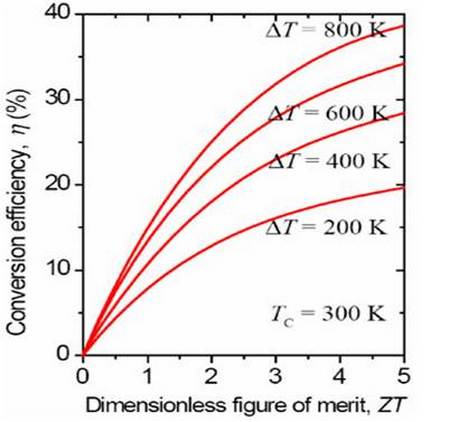
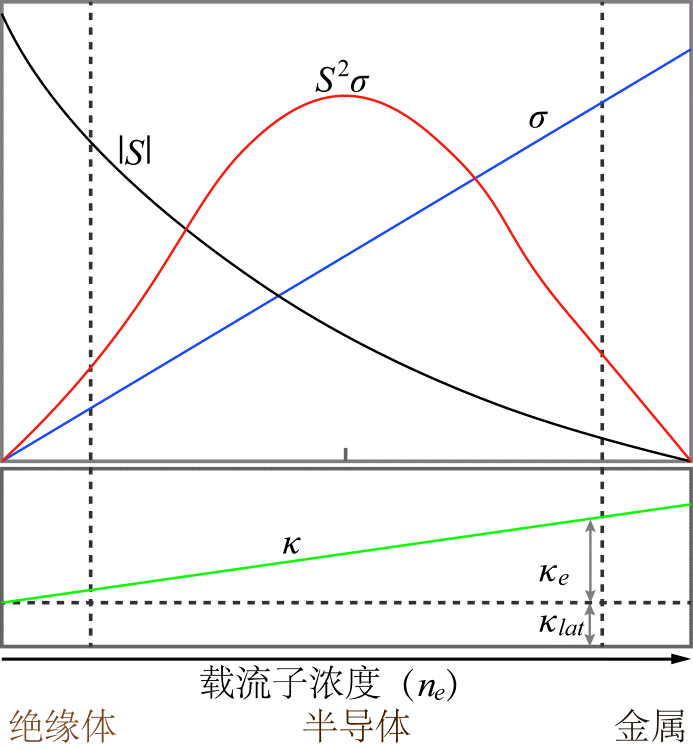
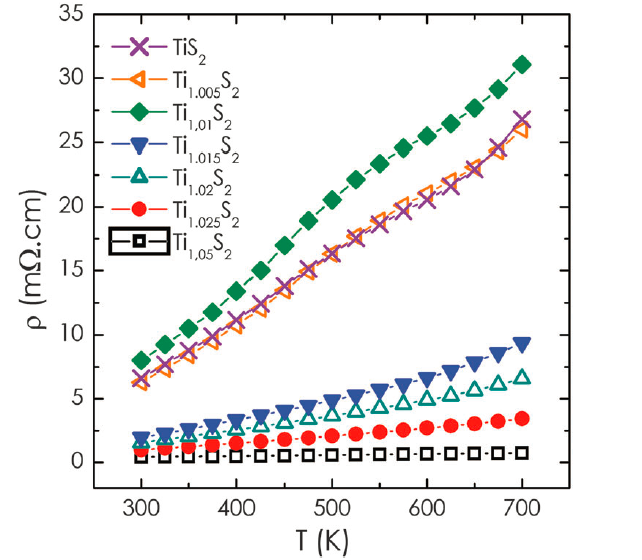
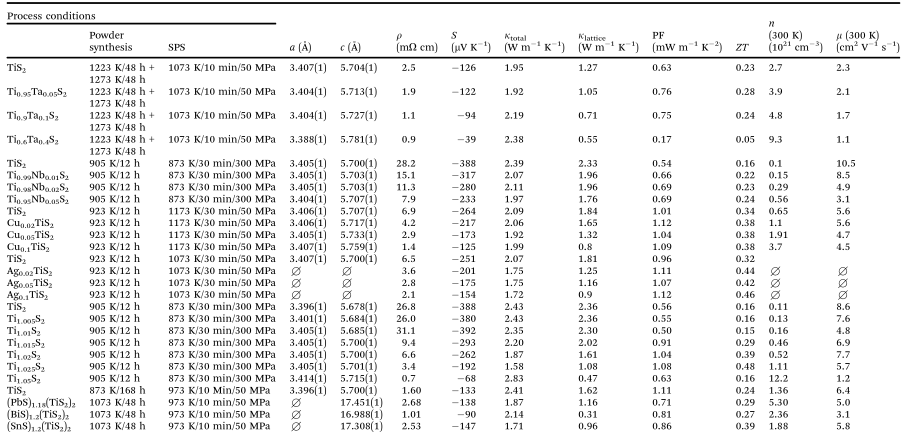
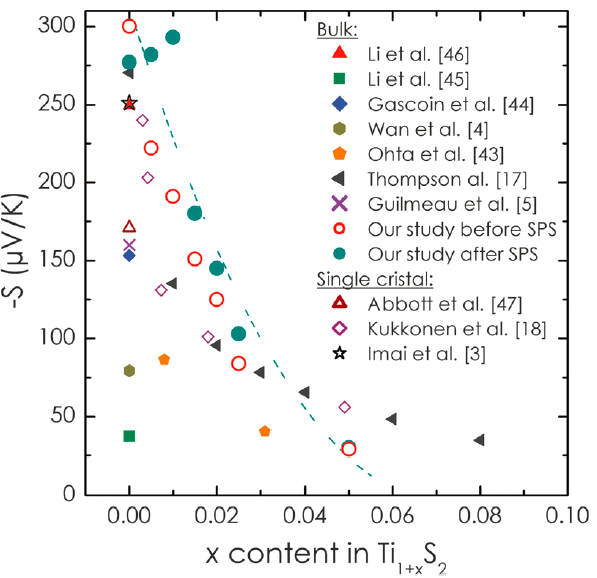
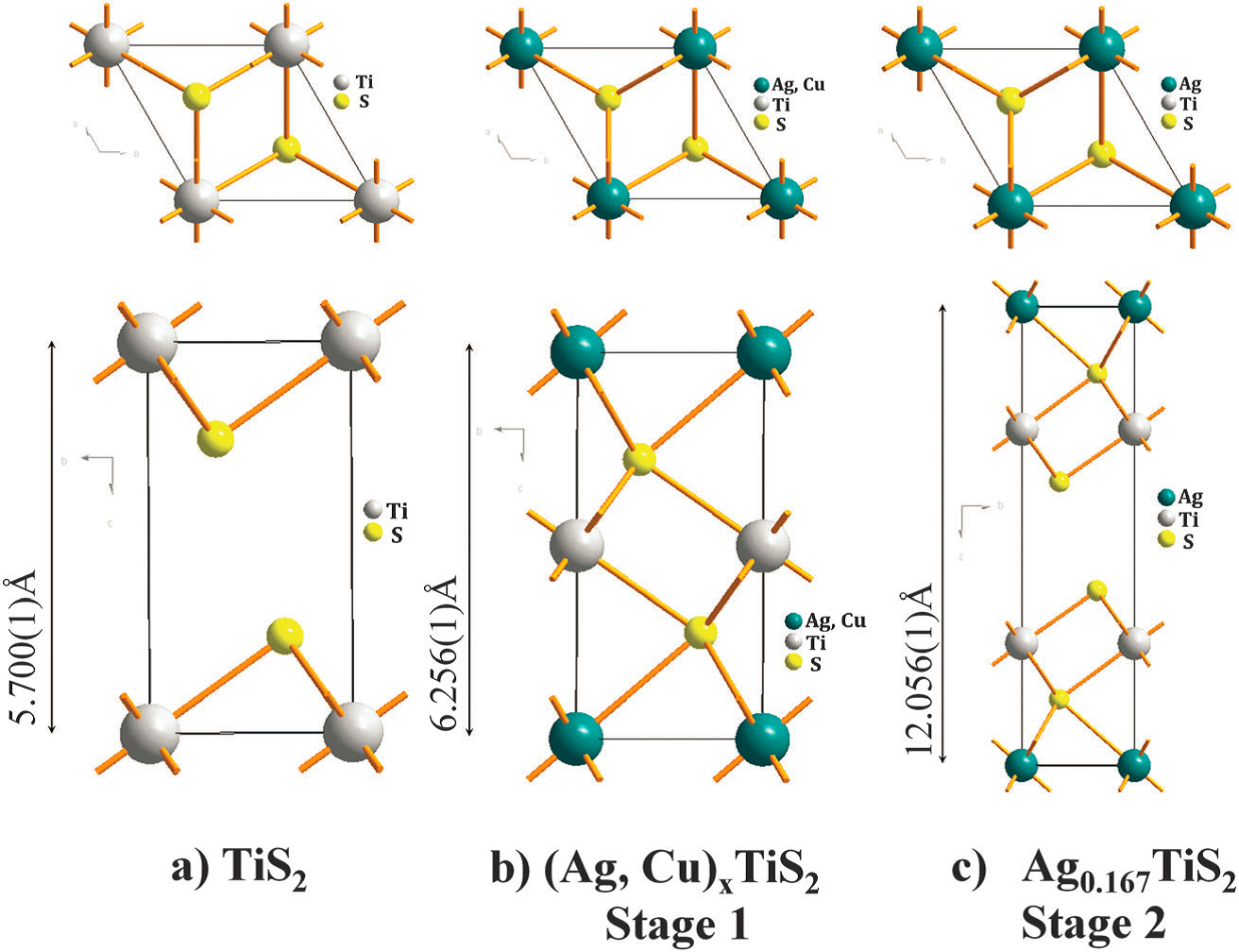
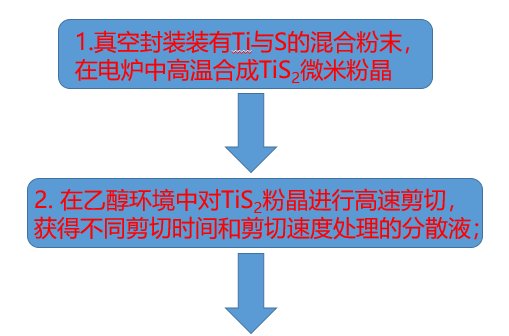
课题毕业论文、开题报告、任务书、外文翻译、程序设计、图纸设计等资料可联系客服协助查找。



